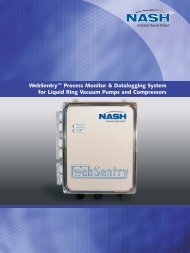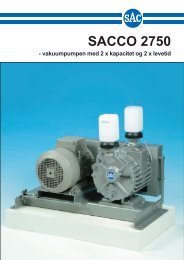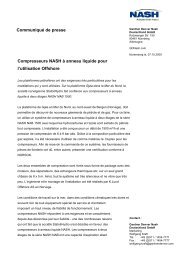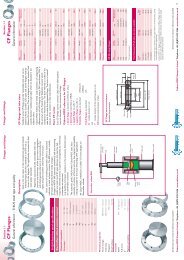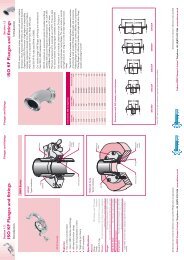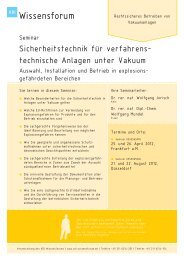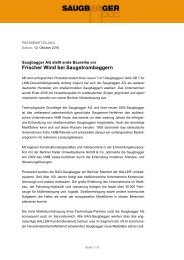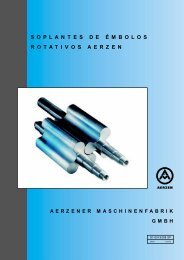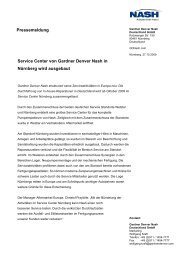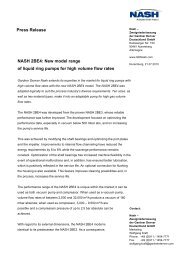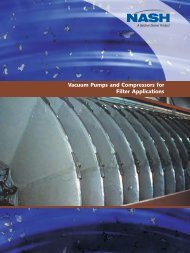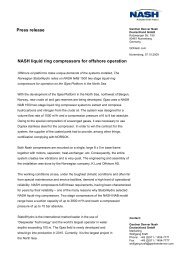You also want an ePaper? Increase the reach of your titles
YUMPU automatically turns print PDFs into web optimized ePapers that Google loves.
Helium – The ideal test gasOnly a minute percentage of this gasis contained in the atmosphere, enablingeven the smallest leak rates to be identified.Because of their very low atomic mass,helium atoms move through the air athigher speed. This ensures very fastmeasurements.Further advantages at a glance:Utmost sensitivity in identifying eventhe smallest leaksQuantification of the leaksOutstanding reproducibility of themeasurementHelium test gas is non-toxic andnon-flammableShort measurement timesLocal leak detectionfor identifying individual leaksThe local leak detection, too, is also suitablefor either sniffer leak detection or vacuumleak detection. Sniffer leak detection isperformed by filling the item to be testedwith helium and testing with a sniffer probe.In vacuum leak detection, the item to betested is first evacuated and then sprayedwith helium. Local leak detection identifiesleaks of down to 10 -12 mbar l/s* and providesprecise information about the size andlocation of any leaks.Precise localization of the leak sitein large test itemsIndication of the exact magnitude ofthe leakHigh measurement accuracyRepetitive production defects canbe easily identifiedTest gasTest gasSniffer leak detectionOverpressure-resistant test itemUse of a sniffer probeDetection limit < 5 · 10 -8 mbar l/s<strong>Vacuum</strong> leak detection<strong>Vacuum</strong>-tight test itemSpraying with heliumDetection limit < 5 · 10 -12 mbar l/s* 1 mbar l/s = 0.1 Pa m 3 /s = 0.987 sccs5



